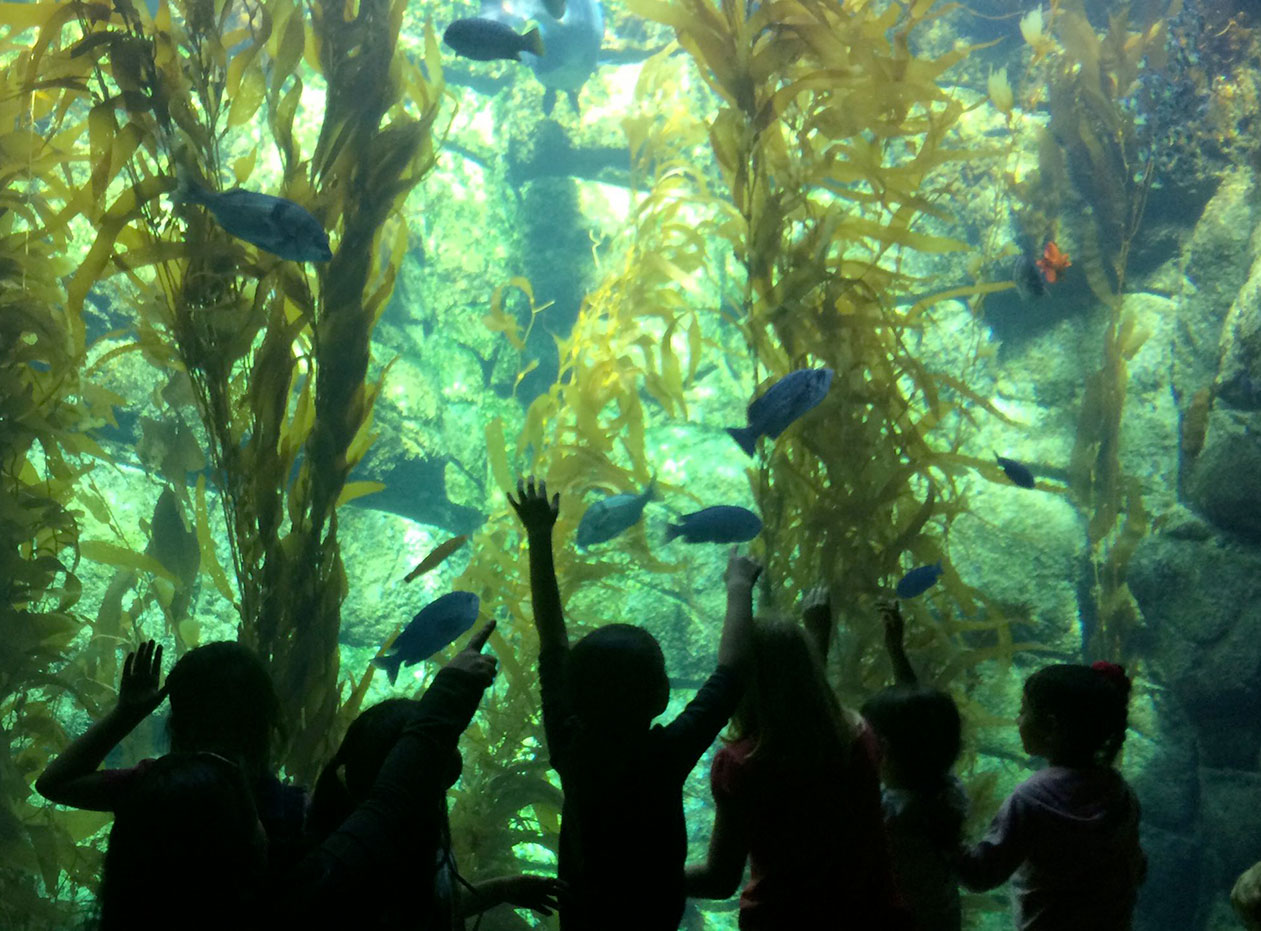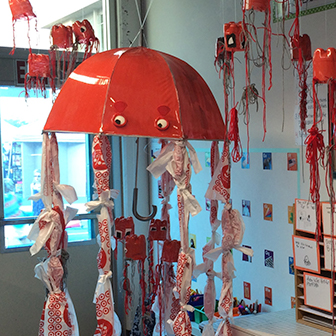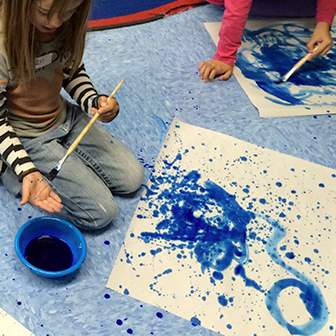PROJECT DESCRIPTION
INSTRUCTORS
SCHOOL SITE
LEVEL
SUBJECTS

First grade students explored the marine ecosystem to answer the question, “Why should first graders care about the ocean?” Through out the project students engaged in work with local marine scientists which helped them gain insight into what a scientists does to study the ocean and why it is important. Students also developed collaboration and research skills through their research work on ocean animals. Another component of the project was translating their knowledge about the ocean into art to share their passion for perserving the ocean. Examples of art work ranged from collaborations with local artist to work on watercoloring projects, repurposing trash to model ocean animals and rewriting a popular pop song to express their answers to the projects essential question.
Why should we care about the ocean?
What types of animals live in the ocean?
How does the ocean affect us?
How does the ocean affect San Diego?
How do we affect the ocean?
What can the ocean tell us about the way we live?
Why do scientists study the ocean?
How do scientists study the ocean?
Timeline
| Week # | Project Task |
| 1 – 6 | Research marine ecosystem and ocean ecology |
| 7- 12 | Reflect on local environamental issues; commision ocean animal art projects |
| 13 – 17 | Collaborate with marine scientists to study ocean pollution |








Learning Goals
Students will know:
Students will understand:
Students will be able to:
Standards Addressed
Reading:
Writing:
Speaking and Listening:
Math:


Students shared their knowledge of sea animals and pollution through art, writings and songs.
Assessment Activities
Students worked along side local marine scientists to study pollution and debated local environmental issues that affect San Diego.
Teacher:
This project asked the students to stretch their thinking and understanding of pollution. It was inspiring to watch the students make connections between ocean pollution and how it affects them. What helped with this connection was the opporutnity to work with marine scientists and learn about the different ways that they study the ocean and why they want to study the ocean. The project also asked students to work together to recreate the different ocean zones and animal models. They learned to work together, give warm feedback and specific critique to help each other. At the end of the project I was amazed at how the students listened to each other and asked questions when things did not make sense to them. The empahsis in translating knowledge into different art mediums allowed students to explore different ways to share their understanding and ideas about the ocean. It also allowed me to see student strengths, growth and needs through a different lens.
Student:
“The most challenging part of the project was learning to work with different students in the class.”
“The most challenging part of the project for me was working on multiple drafts of our reseach paper.”